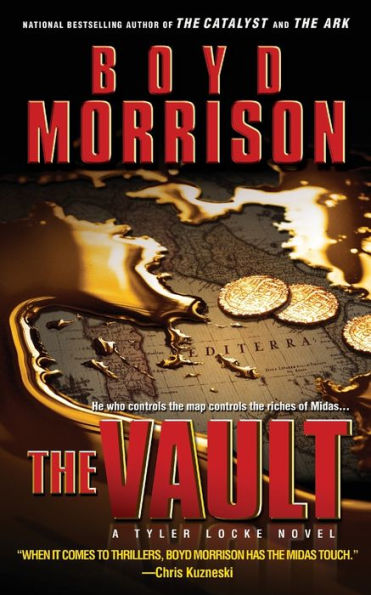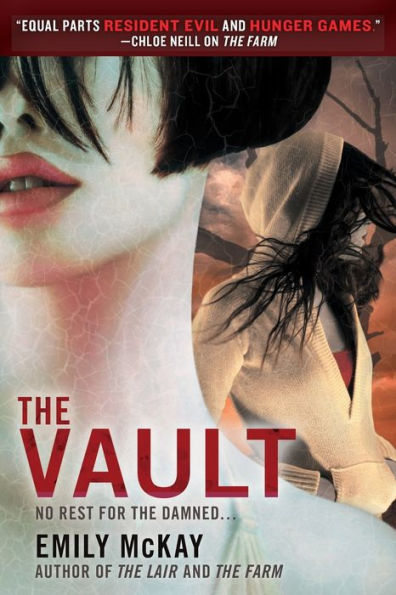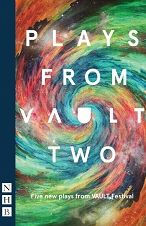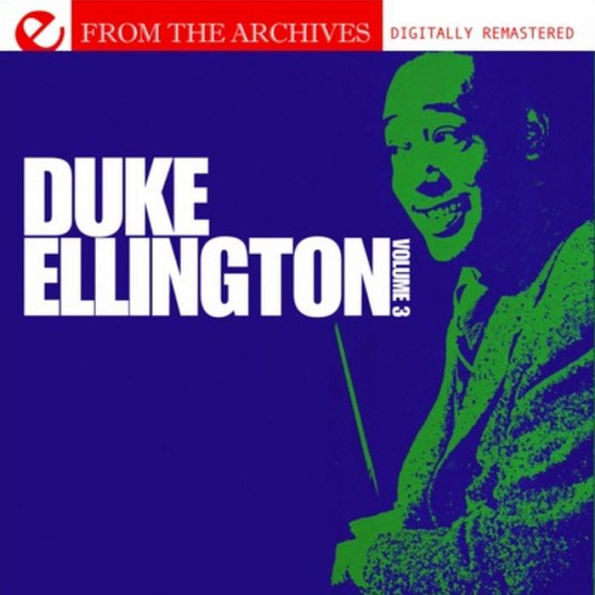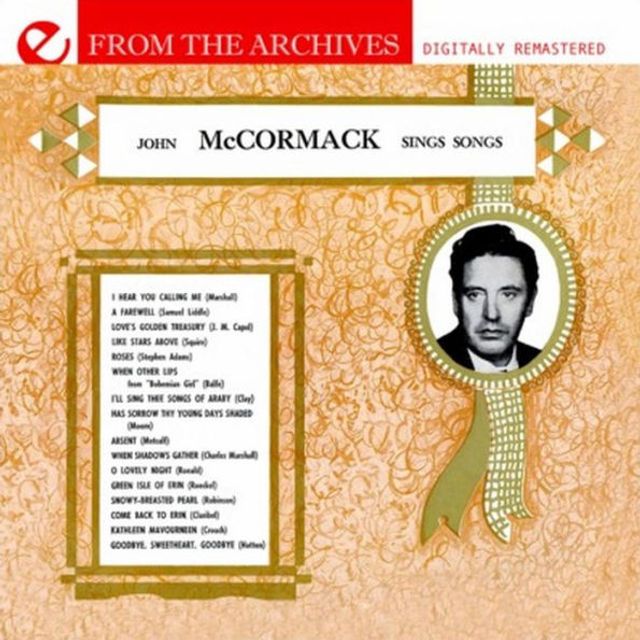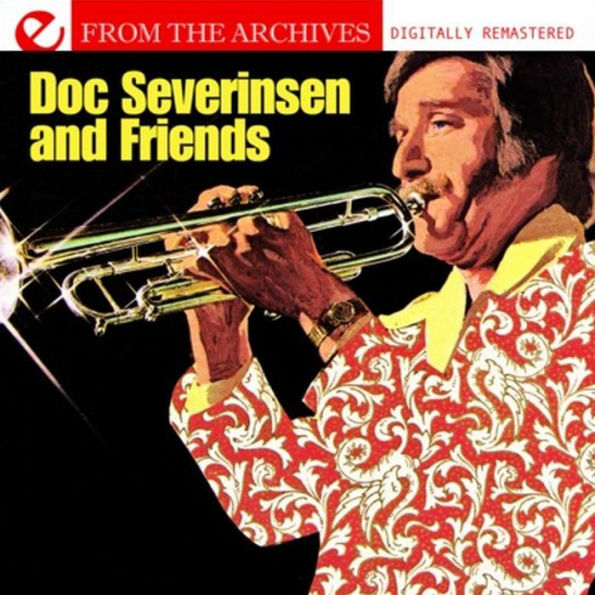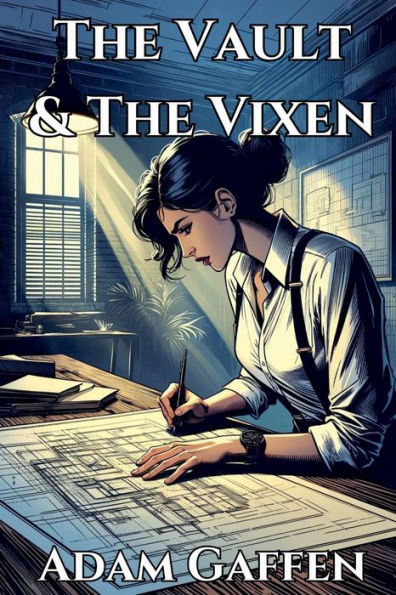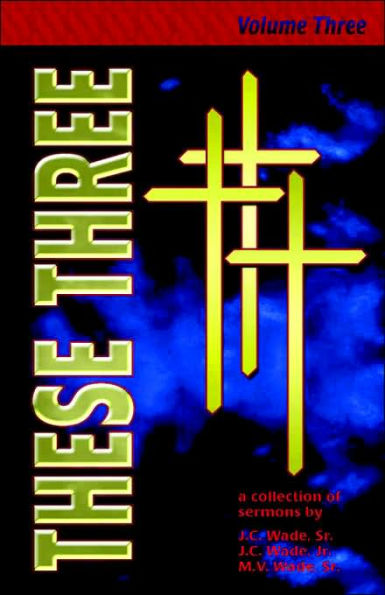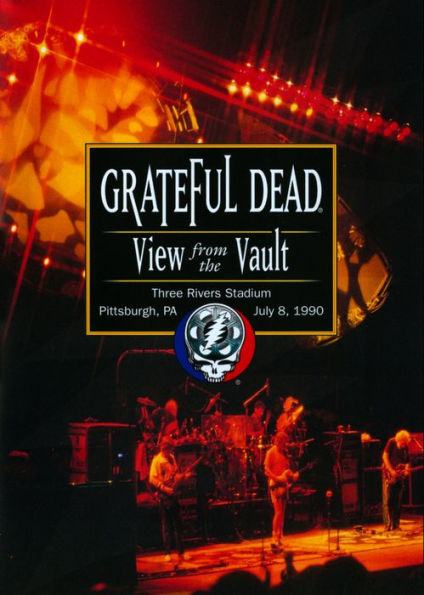Home
Three from the Vault
Loading Inventory...
Barnes and Noble
Three from the Vault
Current price: $119.49


Barnes and Noble
Three from the Vault
Current price: $119.49
Loading Inventory...
Size: OS
*Product Information may vary - to confirm product availability, pricing, and additional information please contact Barnes and Noble
were literally at a crossroads when they took the stage at
in Port Chester, NY, on February 19, 1971. The previous night, the first of six shows at the venue would, for a number of reasons, be the last for drummer
for more than three years (a primary reason being that
,
's father and the band's manager in 1969-1970, had absconded with a large chunk of their bank account). Suddenly, for the first time since late 1967 when
joined,
were back to their original five-piece lineup:
and
(guitars),
(bass),
(organ and harmonica), and
(the other drummer). They had already shed a second keyboardist,
, in early 1970 and now this new downsizing allowed
to return to the harder, more primal rocking sound of their acidic early days. (They would add a new keyboardist,
, later in 1971, thus altering the dynamic again.) There were differences from 1967, of course: the more than two years of the first
era, a period of prolific touring (nearly 50 shows in the New York tri-state area alone during 1970), were highly experimental ones that had taken the band to stellar heights and new complexities; their musicianship, both individually and as a unit, had matured and refined greatly. In addition, their musical focus had shifted a number of times in those couple of years, with 1970 simultaneously responsible for some of the band's most magnificent electric concerts ever, but also the introduction of acoustic music that resulted in the landmark albums
, considered by many to be their best. So
who landed at
were streamlined, feistier ones for sure, but they had also come armed with a load of new songs, all very different than their earlier, more impressionistic originals to try out on their generously accepting fans. Several --
-- would be unfurled at these shows, all of them to become
staples for the rest of the band's run (all would also soon find their way to group or solo albums).
There is a ferocity to the performance captured on this third installment of the From the Vault series that is markedly less diffused than the energy found on the band's 1969
album or traded recordings of 1970 shows. The 1970 sets were regal, mind-numbing, body-draining, epic, lysergic events; the
show is an all-out
concert. There would be no more show-opening acoustic sets as they'd done often in 1970; this was about returning to the roots but starting anew at the same time. Which isn't to say
had lost any of their gift; they simply channeled their power through a narrower tunnel.
's soloing on the more up-tempo tunes like
is wicked,
found chords and rhythms that seemed never to have existed before, and
locked in with the sturdy
to create one of the most dynamic, inventive rhythm sections in
.
, well, was still
, mascot and fan favorite, his role as a player somewhat diminished but obviously enjoying the start of his last full year as a productive member of
before his rapid demise set in (he would die in 1973). The
and mid-tempo numbers displayed new subtleties, and the band's collective jamming on the expanded excursions --
and the
vehicles
-- is still adventurous and evocative, if less meandering than before. The band's take on
's
is a bolt of lightning and the
opener establishes immediately that losing half of their percussion team isn't about to slow these guys down (
's solo may be missing some of the quirks and counter-rhythms
provided, but it is one powerful piece of drumming). The new tunes, some still in relatively unfinished states, serve as indications that
were growing rapidly as a creative force. There would be many more new ones to come over the next few years, as
cemented their persona for the long haul. The template for nearly the next two-and-a-half decades of
-dom -- including the idea of dividing the show into two halves, the second devoted to more introspective improv -- was set right here. By the end of 1971, San Francisco's secret would build a fan base that would never shrink. ~ Jeff Tamarkin

